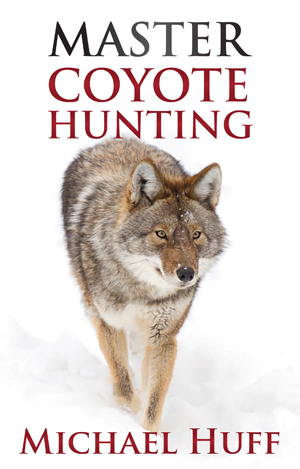
by John Jefferson
I spent part of last week on a friend’s ranch a few miles east of Cotulla, hoping to photograph deer. It’s extremely well-managed for wildlife – especially deer — and except for cottonseed meal feeders and a little corn, it’s all native habitat without the boutique enhancements that some deer breeders employ.
Deer drop the antlers when testosterone lags at end of breeding season, but some bucks on nutritious range retain theirs longer. That’s the case on his ranch. He claims some years, they still have antlers in May. From being there, I believe it.
Did I get the images I hoped for? Unfortunately, No. Camera-hunting is usually more demanding than rifle-hunting. Even with long lenses, hunting is still hunting. It depends upon being in the right place at the right time. Even then, Nature can interfere. Handsome, mature bucks are hyper-cautious. The two javelinas that hung around a feeder at the end of the sendero could have spooked them.
The ranch manager offered me a chance to sit in the brush in a chair overlooking a semi-barren area broken in places by a few mesquites, and near a feeder. I don’t care for a feeder in the picture, but I could have probably avoided it. I was more concerned with concealment and scent. The alternative was an enclosed blind a quarter-mile away. I opted for better concealment and scent control. Had I had more time, I would have tried both hideouts.
I saw nearly a dozen does and fawns through a slight, intermittent mist – another justification for the enclosed blind. Several small bucks showed up, too. One young eight-pointer was the best buck I saw. A roadrunner, the javelinas, 30 or 40 doves, a crested caracara, sandhill cranes, a cottontail and a large rat were also seen. But being in the brush at dawn and dusk and seeing what I saw made the trip worth it for me even without seeing big bucks, this time.
On the way back to the ranch headquarters after they picked me up the last evening, a coyote dashed across in front of the truck. That reminded me that I had forgotten to bring a coyote call. If I’m not seeing deer, I sometimes blow a few soft squeals. That coyote was heading toward the blind I had just vacated.
Once, on the Chaparral Wildlife Management Area, I turned up the volume on my electronic caller right before I left the brush, hoping to at least call up a critter I might see on the way out. My finger was on the “On” button and my brain geared to send the impulse when I saw a coyote slinking up to my concealed speaker. I couldn’t hold it back. At nearly full volume — right in the coyote’s ear — the seeming sound of a 250-pound “injured rabbit” sent the coyote sideways through the air. It was gone instantly. But that hilarious memory lingers.
The biggest challenge is sometimes lack of patience. Like quitting too soon.
JJ




